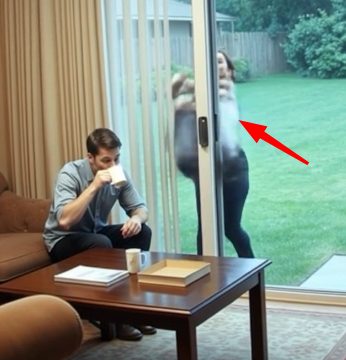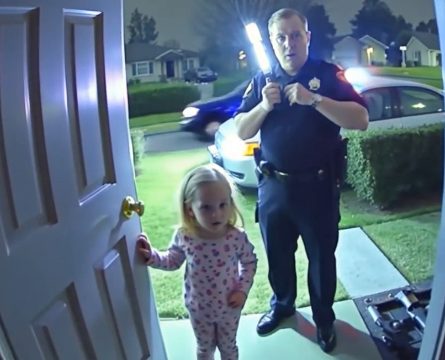When we think about danger in the home, the kitchen probably isn’t the first place that comes to mind. Yet, some of the most unexpected accidents can happen right there — and sometimes, all it takes is a simple mistake with your freezer.
One heartbreaking story from Shanghai highlights just how easily things can go wrong. A 5-year-old boy, trying to cool his soda faster, placed a can into the freezer. It seemed harmless at first, but when he opened it later, the can exploded violently. Sharp shards of metal and sticky soda sprayed all over his face, causing serious injuries. He had to undergo surgery that required 38 stitches to repair the damage. Unfortunately, doctors are seeing more of these kinds of injuries, all caused by something that many of us have probably done without a second thought — freezing carbonated drinks.

So why is this so dangerous? When a soda freezes, the liquid inside expands. Because the can is sealed tight, pressure builds up until it can’t hold anymore — and that’s when it explodes. It’s not just a messy inconvenience; the combination of metal and force can cause real harm. It turns an everyday kitchen task into something that could leave lifelong scars.
But sodas aren’t the only danger lurking in your freezer. Two other items people often store there can be just as hazardous — and potentially even more deadly if not handled correctly.
First, alcoholic beverages. Many people assume tossing a bottle of vodka or a few cans of hard seltzer into the freezer is an easy way to get drinks chilled fast. After all, alcohol has a lower freezing point than water, right? That’s true — but it doesn’t mean it’s safe. If you leave a sealed container of alcohol in the freezer for too long, pressure can build up inside just like it does with soda. Eventually, the container can crack, burst, or even explode. In extreme cases, if the alcohol is highly concentrated and leaks out into the freezer, its flammability can even lead to a fire hazard. All it takes is one spark from the freezer’s electrical components to ignite it.
The second hidden danger is dry ice. Most people know dry ice as the stuff that creates cool fog effects at Halloween parties, but it’s actually solid carbon dioxide (CO₂) — and it behaves very differently from regular ice. As dry ice warms up, it doesn’t melt into a liquid like frozen water; instead, it goes straight from a solid to a gas in a process called sublimation. In the process, it can expand up to 800 times its original volume. If dry ice is stored in a completely sealed space like a freezer, that expanding gas can create immense pressure. The result? A violent explosion that can destroy your freezer, shatter windows, or worse, injure anyone nearby.
These examples are stark reminders that even small missteps in the kitchen can have major consequences. What seems like a harmless shortcut or storage hack can quickly escalate into a dangerous situation for your family and your home.
So how can you keep your freezer — and your family — safe? It’s simple:
-
Never put carbonated drinks like soda or beer into the freezer. If you need a fast chill, put the drink in a bowl of ice water instead. It’s safer and faster.
-
Be cautious with alcohol. If you must chill it, monitor it closely and never leave it forgotten in the freezer.
-
Handle dry ice with extreme care. Only store it in well-ventilated areas and never in a sealed container like your home freezer.
Ultimately, your freezer is a fantastic tool for food storage, but it’s important to know its limits. Understanding which items pose risks can prevent injuries, avoid property damage, and save you from the heartbreak of a preventable accident.
The next time you’re tempted to toss a can of soda or a bottle of booze into the freezer for a quick chill, remember: it’s just not worth the risk. A little patience — or a bucket of ice water — could save you a trip to the emergency room.





